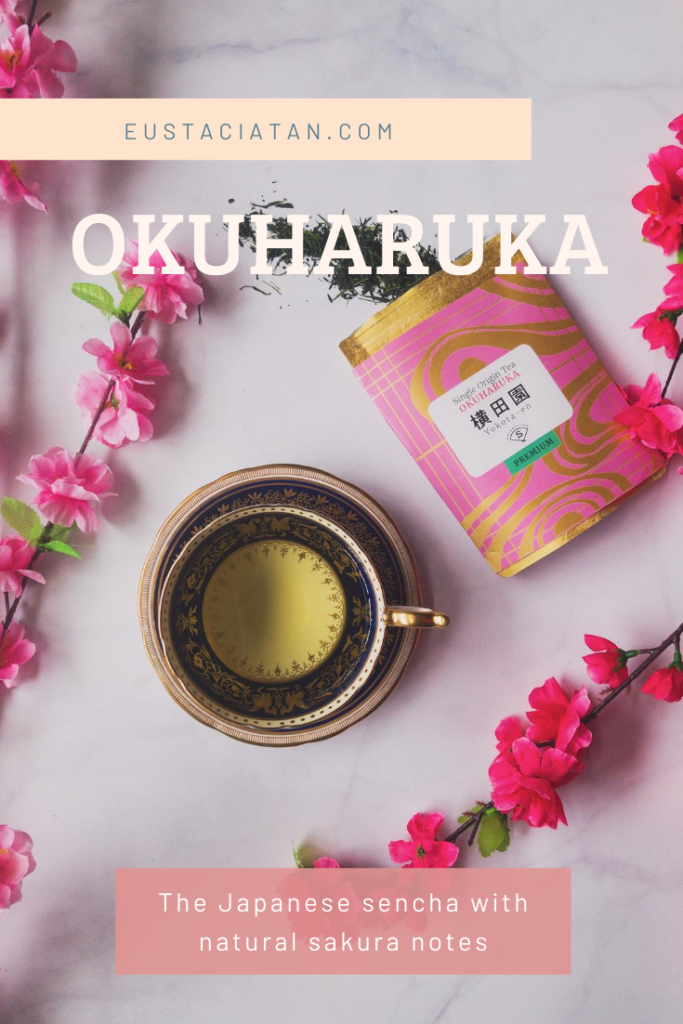You may have noticed that for the last four Sayama teas, I have basically been tasting them “blind” (i.e. didn’t read the description beforehand). That’s because I didn’t want my tasting notes to be affected by the description – what if I just imagined a subtle note of something because I wanted it to be there?
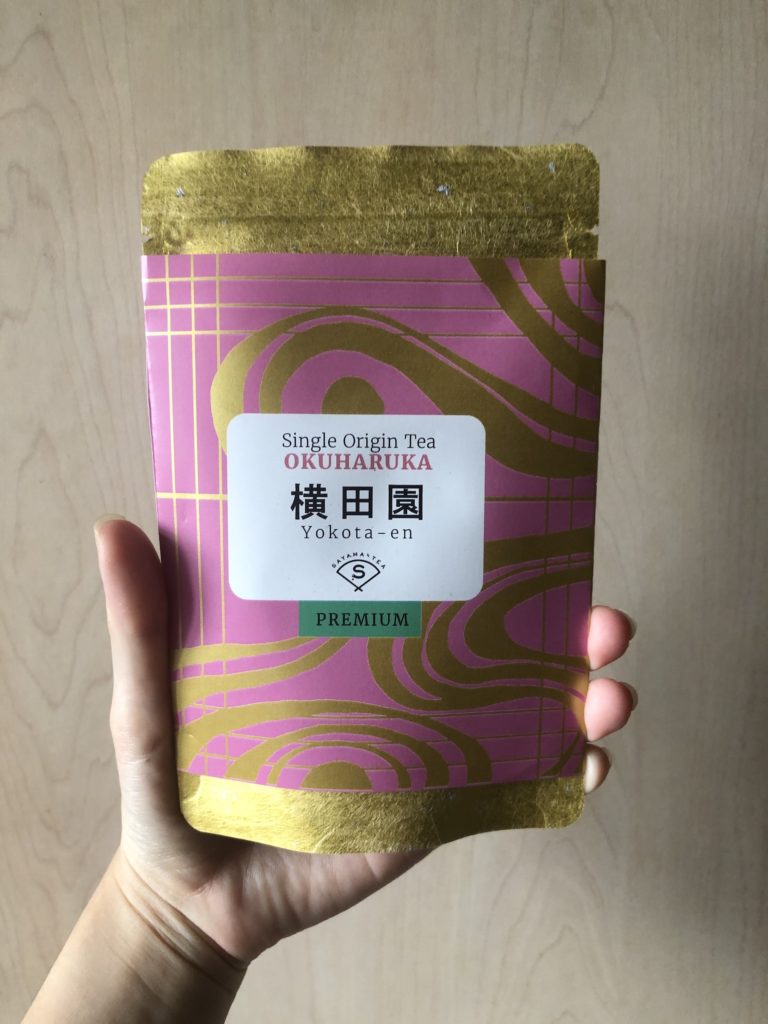
Well, unfortunately, I could not go in blind for the Okuharuka because from the moment that I met the farmers in Singapore, they’ve been telling me about this unique cultivar that has the scent of sakura. They also told me that the sakura notes from this year’s batch is a bit weaker, so I’m kinda primed for it. Let’s see how it goes.
First Impressions
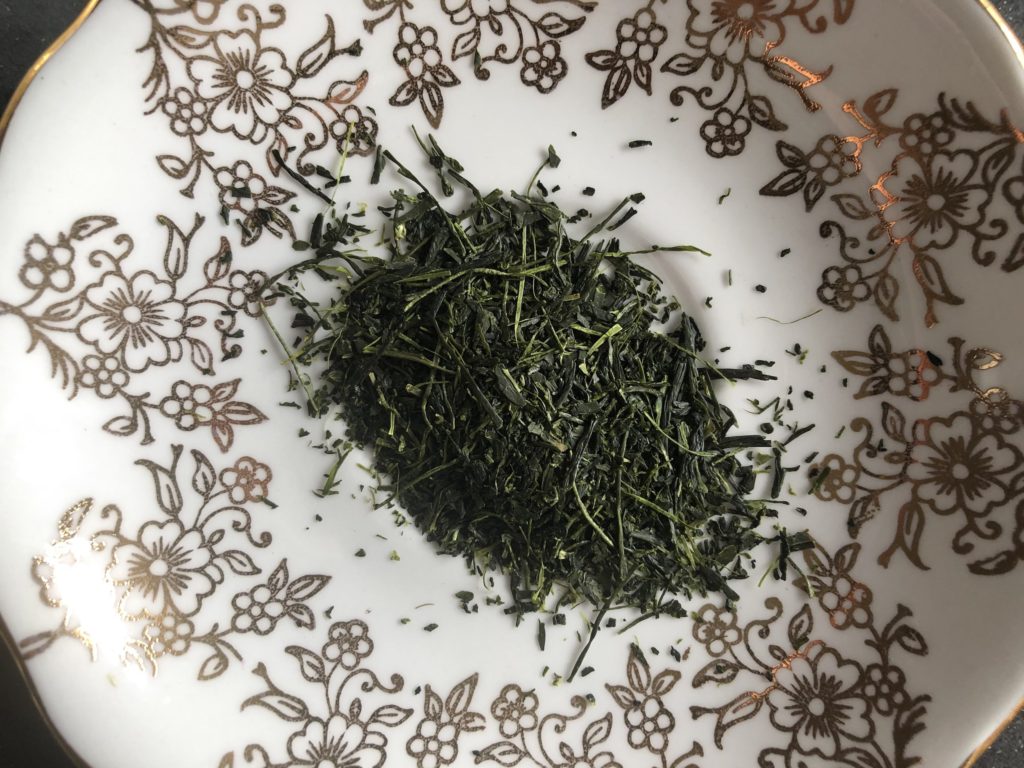
The dry leaves smell sweet and they have a very slightly floral scent. Like I mentioned, did I get it because I was primed to pick it up, or would I have gotten it anyway?
Tasting Notes
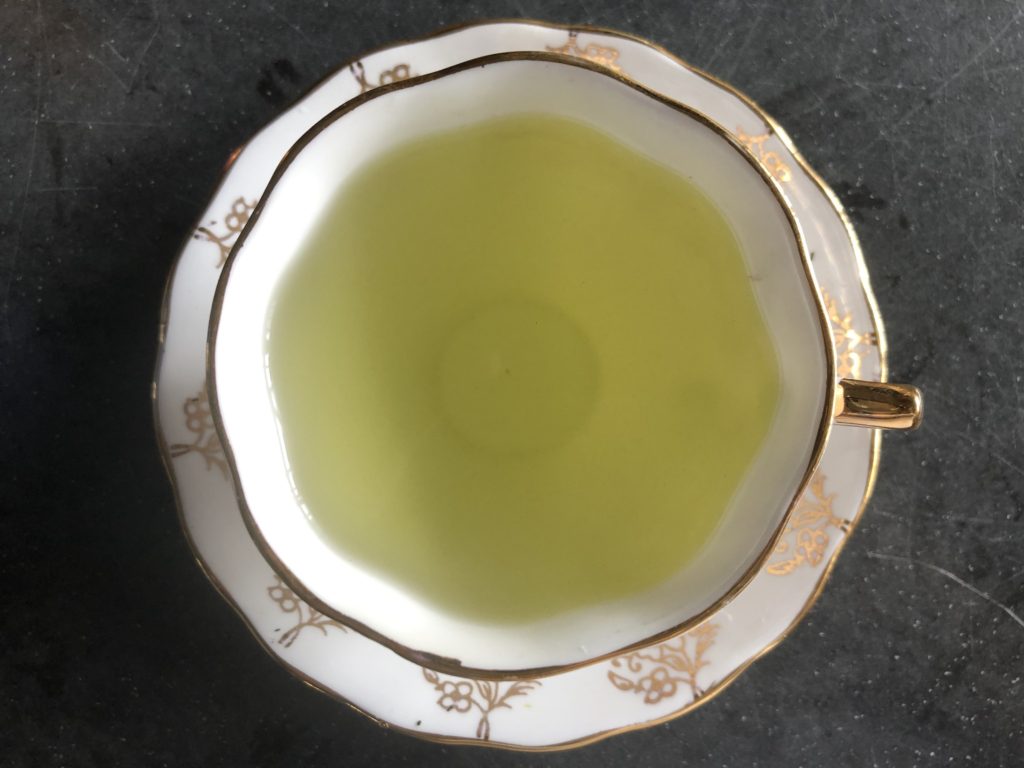
Round 1: The tea liquor is a very light colour and the tea liquor is sweet with umami notes. Compared to the other two teas, I’m not getting any bitterness or astringency (though it’s always been very little in the first round) and I’m getting an extra note. It’s kinda floral?

Round 2: The sweetness is still there, and I’m getting some grassy notes as well, though the umami notes are a little weaker here. Still no/low astringency or bitterness, which is interesting because I normally notice these two in the second round. The tea has an interesting aftertaste – there’s a little extra, sort of like the how there’s a citrus note in the Fukumidori, only it’s not citrus. Floral??
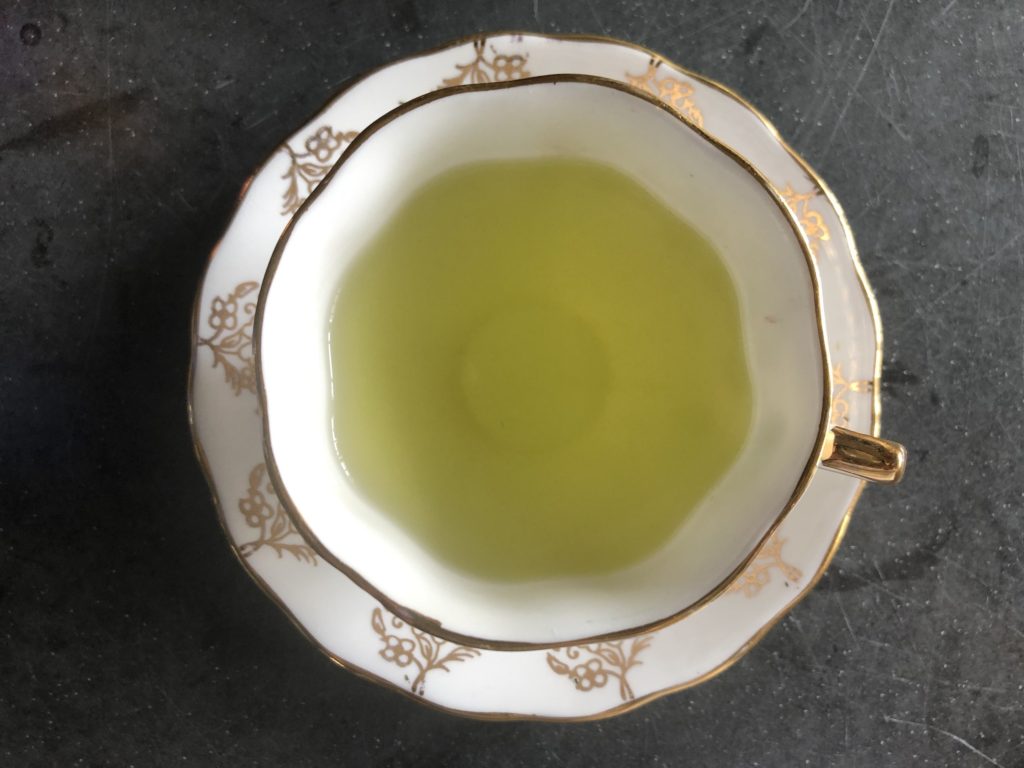
Round 3: I increased the brewing temperature and time for this (I started off pretty low with round 1) with the result that I finally got a little hint of bitterness. The tea’s still sweet and grassy and I’m still getting that extra note that I’m just going to attribute to sakura.
Like the others, this cultivar lasted four to five rounds of brewing. Like with the rest, I had two sessions with this tea before writing this, and I pretty much got the same consistent notes. Interestingly, the strongest sakura note came from round 4 of session 2 – as I drank the tea, I had the sudden impression of sakura mochi. Not exactly the taste of sakura tea, but a pretty definite sense of the flower.
Why am I doubting my tastebuds in this review?
Just wanted to add in this extra note in case you’re confused about why I’m so hesitant to call this extra note I’m getting from the tea “sakura”. I believe that suggestions (and tea descriptions!) can influence our perceptions of the tea, and I think it’s only fair that you’re aware that I didn’t go into this completely unbiased. I had very high hopes for this tea and I didn’t want to get into a self-fulfilling cycle where I wanted the tea to be good and it was.
Honestly, I enjoyed this a lot and I look forward to drinking more of this. It’s definitely an interesting tea and I hope this piqued your interest!
Tea Description
As usual, this description is taking from the tea cards I received with the teas and describe not just the tea, but the cultivar:
“Okuharuka is a new brand raised by Saitama Tea Research Institute in 2015. As Okuharuka is deep and rich in umami taste and gives a sweet aroma like cherry leaves, it is very popular in Japan. The aroma like cherry leaves comes from the abundant coumarin.”
Farm Description
And here is some information about the farm that cultivated this tea:
“Yokota-en has a tea garden of 2.3 hectares in Sayama city, Saitama. It produces and manufactures tea. As it was founded rather late, its factory, shop and the owner’s house are still new and the tea gardens are practically arranged. The 6th owner, Takahiro Yokota, is active in many ways. He puts a lot of effort to export his tea, has been cultivating with reduced amounts of pesticide for several years, and creates sweets using tea leaves.”
In Singapore, a 6th-generation business would be considered pretty old, so I was surprised to see it has having been founded “rather late” (which I think means relatively recently).
